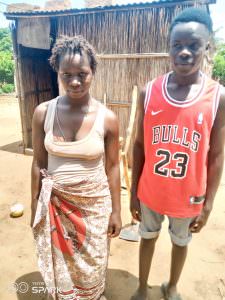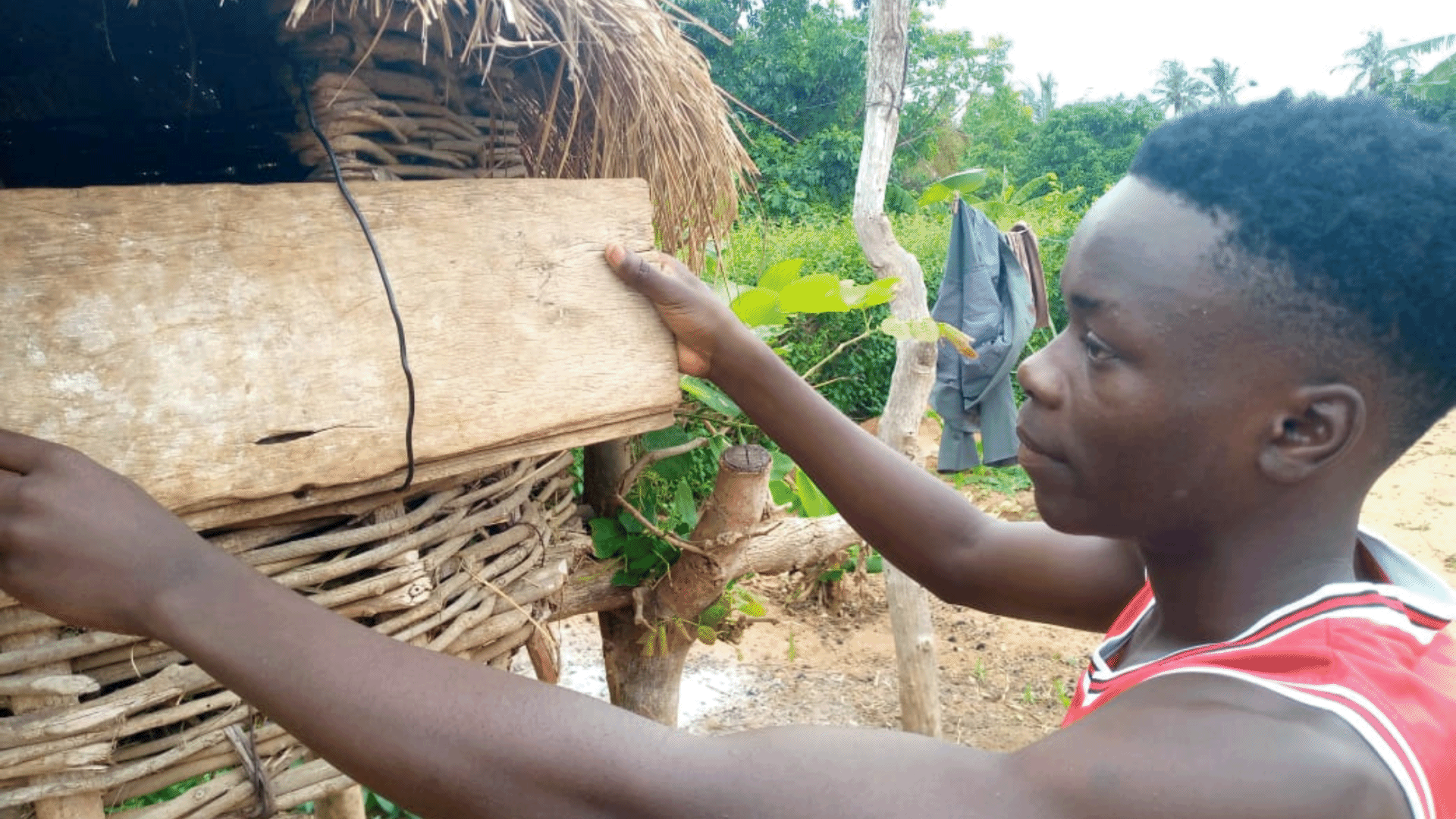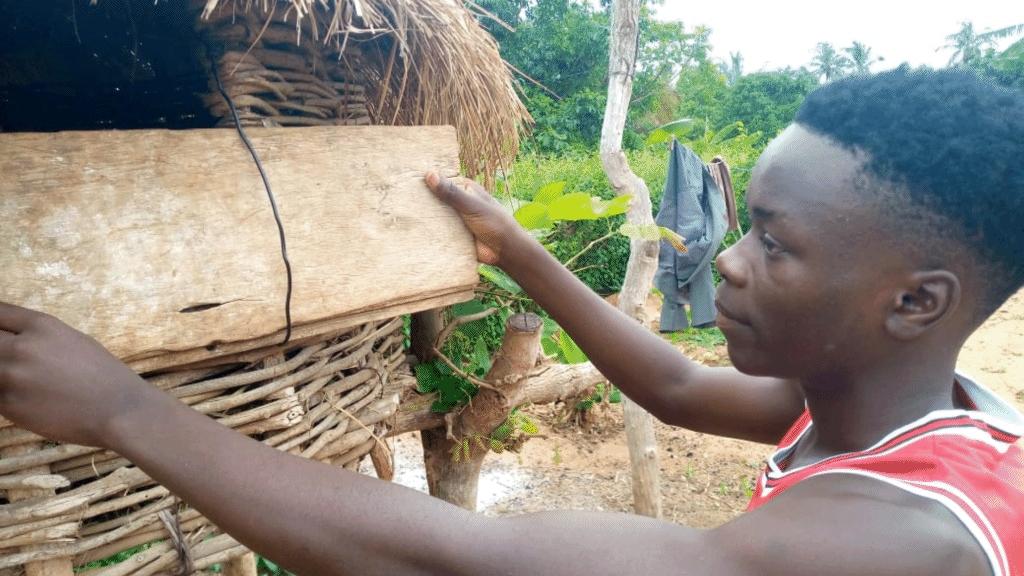 Bato is a sharp and resourceful young man.
Bato is a sharp and resourceful young man.
At 19-years-old, he’s the main bread-winner for his siblings and ill mother in Mozambique. It’s a duty Bato takes seriously, so much so that he was willing to sacrifice his own future.
He’d fallen behind in school because he was often fishing for days, then selling his catch to make money for his family. But without an education, he’d likely be fishing and scraping by for the rest of his life, unable to break the cycle of poverty for his family.
Thankfully, you gave Bato a better way forward. Your caring gifts to Advance helped Bato’s mom learn she was HIV positive and receive medicine that saved her life. That same program is now investing in the future of family members like Bato.

Our local partner hired a teacher to provide after-school tutoring. That’s helping Bato catch up with his peers in the tenth grade and move toward graduation. The program is also paying Bato to learn about pig farming from a livestock expert.
Now he doesn’t have to miss school to earn money for his family. And when the sows Bato feeds and cares for give birth, he will receive a pair of pigs, funding, and guidance to start his own business. Bato can now see a future in which he can support his family and continue his education.
“I like to take care of animals. God willing, I will study this,” says Bato. “I am very grateful to this project.”
$200 provides an after-school tutor and livestock expert for a month for one deserving student like Bato. Sponsor his classmates with a gift today. Donate here.

